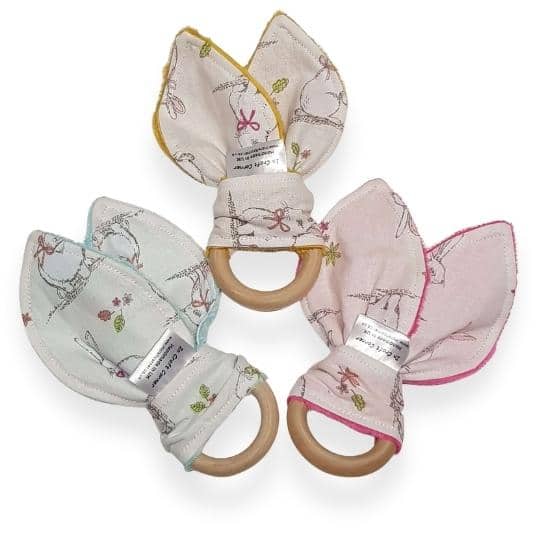
Are Wooden Teething Rings Safe?
What do you think of when it comes to teething? Do tears, dribble rash, discomfort and teething rings come to mind?
Baby teething rings are designed for babies to grab and chew down on, to ease the pain and discomfort they experience when their first set of teeth start to emerge. Baby teething rings can also double up as sensory objects to play with.
The most common type of teething rings for babies seen on the market are made of plastic and silicone. Some of which may contain fragments of loose plastics and the well-known harmful chemical, BPA (Bisphenol – A). BPA contains endocrine disruptors which are chemicals that can interfere with the body’s hormonal balance. When teething rings are used, they tend to be in and out of babies mouth throughout the day and night, as you can imagine this can carry a potential health risk if the plastic type of teething rings are continuously used.
What’s the alternative? Enter Wooden Teething Rings.
Wooden teething rings are most certainly a safer option, they are naturally sourced products that don’t contain synthetic chemicals and non-toxic materials. There are many types of wooden teething rings to choose from: cherry wood, walnut, madrone, alder and myrtle. The most recommended type to use is hard maple wood.
All of our teething rings are made with untreated hardwood maple and are UKCA/CE tested, this is a wonderful rugged wood that doesn’t splinter.
BENEFITS OF WOODEN TEETHING RINGS
Compared to the not so healthy plastic teething ring; wooden teething rings are far more durable. Like many objects that baby associates comfort with, having a long lasting teething ring that will stand the test of time will be economical and reliable.
The main benefit is that of safety. After all, when it comes your child’s health, safety is paramount compared to convenience. Wooden teething rings do not have chemicals such as BPA, phthalates and other toxic metals and synthetic materials.
You can’t get a more natural product than wood, wood has it’s own antibacterial properties, when baby sucks on it they will also benefit from the antibacterial qualities that will help to ease their pain and discomfort!
Wooden teething rings are easy to clean, another bonus! A wipe with clean water and a wet cloth and you are done. It’s best to avoid soaking them so that they don’t become damp.
HOW TO LOOK AFTER A TEETHING RING
Looking after your babies wooden teething toy is important, as with most objects that go into your babies mouth, it’s best that it’s as clean as it can be, beforehand. You can choose from either treated or untreated wooden teething rings, there is a slightly different method to cleaning each type.
Conclusion
Wooden baby teething rings are safer than plastic or silicone teething rings, they offer all the benefits of a standard teething ring with the added bonus of antibacterial properties and peace of mind that they are manufactured without chemicals, making them safer, durable and environmentally friendly.
We hope this blog helps you to see the benefits of choosing wooden teething for your baby. We highly recommend browsing through our wooden teething rings, they are beautiful to look at and the will help your baby through their teething days in a natural and safe way.
Other website used for reference:
https://www.cbsnews.com/news/baby-teether-study-bpa-endocrine-disruptors-chemicals/


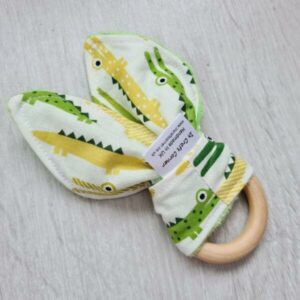
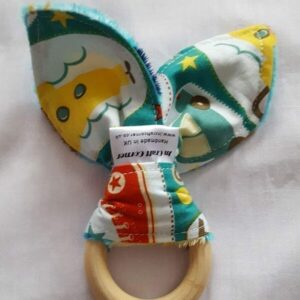
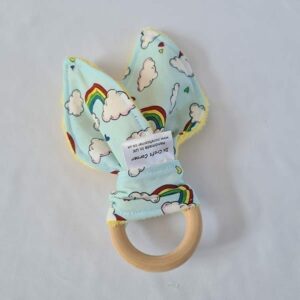
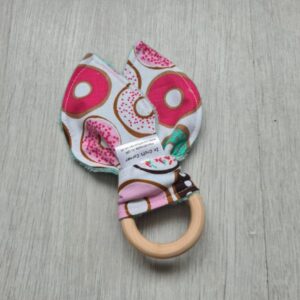

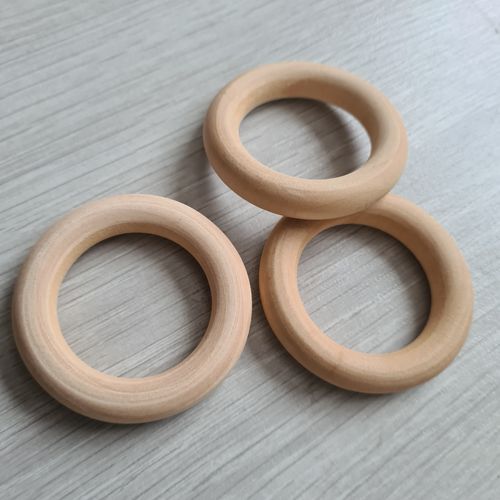
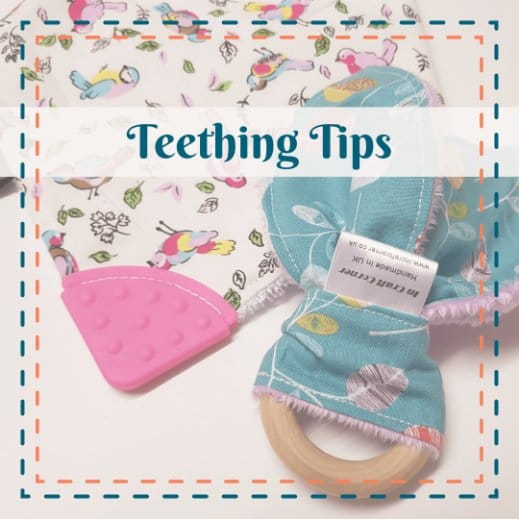
Comments (2)
It says to not soak them but wouldn’t a baby teething on them naturally soak it in drool? Thanks!
Hi Stephanie,
the drooling would make the ring wet correct just not in the same way. It would only make the outer layers of wood wet which can dry quicker when exposed to more air. The amount of drool a baby produces is only a small amount and is often put in and out of their mouth. There’s a chance for the wooden ring to dry out a bit while using it, the drool can also end up being rubbed off onto their clothing in the process. The outer parts of the ring would be wet but the inner parts would remain relatively dry, making it last longer
If you were to put the wooden ring in a bowl of water for a period of time, say 30 mins, there is no chance for any air to start drying the outer layer of water. So the water gets into the inner layers of wood, which done regularly over time can affect the wood.
I hope that helps explain the difference.